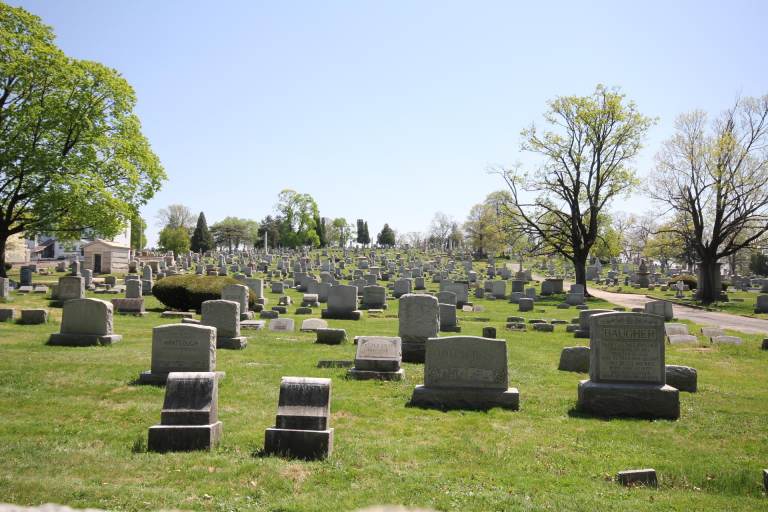
When we think of the word “monument,” it is easy to imagine a large, imposing stone with an inscription. In Melbourne, though, this term could be more broadly interpreted – from old gravestones in the city’s oldest cemetery to those still being used today. The article will explore how these monuments have changed over time and their meaning for generations of Melburnians.
History of Traditional Monument gravestones in Melbourne:
Monument gravestones in Melbourne have been around for centuries. The oldest cemetery in the city, Rookwood Cemetery, has a number of these traditional monument gravestones that date back to the early 1800s. In fact, many Melburnians are buried here, and their final resting place is marked by one such stone on top of a burial mound or vault.
How these monuments have changed over time:
- Over time though – as we moved from an agrarian society (where you died at home) into an urban culture (where death was not allowed within city limits), more people were being killed on our streets and dying outside hospitals rather than at home, so places like graveyards became popular again. By this stage, all monuments had become smaller and less imposing because they needed to be more discreet.
- In the 20th Century, several changes happened to these traditional monuments in Melbourne – they became less common, and people started to gravitate towards cremation as their preferred way of burying someone. However, during this period, new types of monuments were invented that are now seen all over Australian cemeteries today, from obelisks (often with an inscription on top) and headstones carved with images of angels or cross the base.
- There were shifts in society that made Monument Gravestones less common – we moved from agrarian society to urban culture, started dying outside hospitals, and graveyards became popular again.
- In the 20th Century, monuments changed again, emphasizing cremation as a preferred way of burial, but new types such as obelisks emerged too.
Famous Traditional Monument Gravestones in Melbourne:
- Then there is the Tomb of the Unknown Soldier, which dates back to 1852 and is moved from its original site when Queen Victoria Market opened up on what used to be a cemetery. As a result, the tomb became known as “the patriot’s resting place.”
- The Monument gravestones at Headstones Melbourne General Cemetery are also pretty famous.
- Some of the most well-known monuments in modern-day Melbourne include a statue of Queen Victoria, the Shrine of Remembrance, and the Eternal Flame memorial, which became a place where people could gather to commemorate World War I.
- There are around 50,000 monuments in Melbourne’s cemeteries today, and many of them are traditional Monument gravestones.
- Finally, we have Walter Burley Griffin – who designed Canberra during his time working for Federal Capital Commission (FCC) – who also has an interesting monument grave here too! In fact, it’s really hard not to find one that you like because they’re all unique in their own way.
